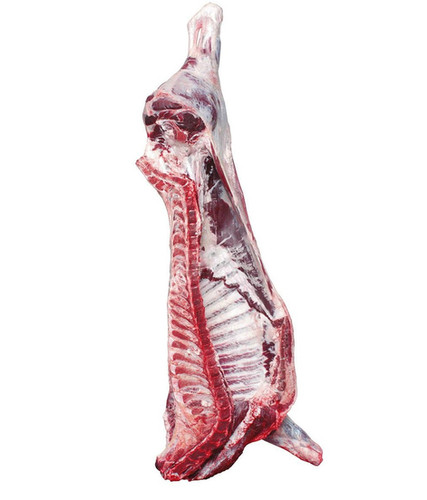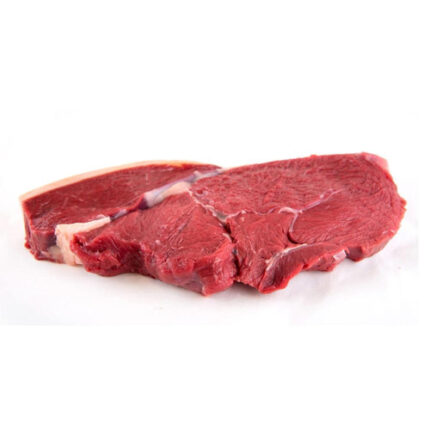10 lbs
Lemon Meyer aka “Xiang-Ning-Meng”, “香柠檬”
Lemon Meyer is smaller and more round than regular lemons, with smooth, deep yellow to orange skin, and dark yellow pulp. Lemon Meyer has a similar flavor as regular lemon but with a sweeter, floral taste. The flavor can taste like a combination of sour lemon mixed with a juicy orange. You can use lemon Meyer as a substitute for any recipe that calls for regular lemon. Lemon Meyer is generally available from late fall through late spring.
Handling Tip
Selection
Lemon Meyer is firm with a uniform deep yellow/orange smooth skin.
Ripe Meyer lemon has a pleasant citrus fragrance.
Avoid Meyer lemon with bruises and wrinkled skin.
Storage
Meyer lemon should be stored at 45°F – 54°F (7°C -12°C) with a relative humidity of eighty-five to ninety-five percent and no mist.
The typical shelf life is up to twenty days.
Meyer lemon is sensitive to odor and should not be stored with strong aroma products. Meyer lemon produces a strong odor.
Lemon cartons should be kept off the floor to prevent them from becoming wet from condensation.
Lemon Meyer is sensitive to ethylene, a naturally occurring gas that regulates ripening. Lemon Meyer should not be stored with high ethylene-producing products to extend shelf life and avoid fungal decay. Lemon Meyer produces a low level of ethylene.
Lemon Meyer is sensitive to chilling injury under prolonged storage of below 50°F (10°C). Though three to four weeks of storage at 37°F – 41°F (3°C – 5°C) is usually tolerated without harm. Symptoms of chilling injury include skin pitting, interior discoloration, red blotch, and loss of juice.
Nutrition Fact
Serving Size 1 medium lemon (58g)
Amount Per Serving % Daily Value*
Calories 15
Calories from Fat 0
Total Fat 0g ………………………………………………………………………………. 0%
Saturated Fat 0g ……………………………………………………………….. 0%
Trans Fat 0g ………………………………………………………………………. 0%
Cholesterol 0mg ………………………………………………………………………. 0%
Sodium 30mg …………………………………………………………………………… 1%
Total Carbohydrate 5g ……………………………………………………………. 2%
Dietary Fiber 2g ………………………………………………………………… 8%
Sugar 2g
Protein 0g
Vitamin A ………………………………………………………………………………………. 0%
Vitamin C …………………………………………………………………………………….. 40%
Calcium …………………………………………………………………………………………. 2%
Iron ………………………………………………………………………………………………… 0%
Potassium ……………………………………………………………………………………… 2%
*The % Daily Value (DV) tells you how much a nutrient in a serving of food contributes to a daily diet 2,000 calories a day is used for general nutrition advice.
*Based on information published by FDA
Creating clear and transparent shipping and handling policies is crucial for a commodity trading company like Agropastoral Products Co., Ltd. Here's a framework for the Shipping and Handling Policy:
1. Shipping Policy:
a. Shipping Process: - Detail the steps involved in the shipping process, from order placement to delivery.
b. Shipping Rates: - Specify the shipping costs associated with various products or order amounts.
c. Delivery Timeframe: - Provide estimated delivery times based on location and shipping method.
d. Shipping Carriers: - Name the shipping carriers used and any partnerships that may influence shipping.
e. International Shipping: - Explain international shipping options, rates, and potential customs or import duties.
f. Tracking Information: - Describe how customers can track their orders and obtain tracking information.
g. Shipping Restrictions: - List any countries, regions, or products where shipping may be restricted or limited.
2. Handling Policy:
a. Packaging: - Describe how products are packaged to ensure safe transit and delivery.
b. Quality Assurance: - Explain any quality control measures or checks in place during the handling process.
c. Fragile Items: - Provide special handling instructions for fragile or delicate commodities.
d. Inventory Management: - Detail how inventory is managed to maintain accuracy and prevent errors in order fulfillment.
e. Returns and Exchanges: - Outline the process for handling returns, exchanges, or replacements related to shipping issues or damaged items.
3. Additional Policies:
a. Lost or Damaged Items: - Explain the procedure for reporting and addressing lost or damaged items during shipping.
b. Split Shipments: - Describe under what circumstances the company may split an order into multiple shipments and how this is communicated to the customer.
c. Free Shipping Offers: - Clarify conditions for free shipping, such as minimum order amounts or specific products.
d. Holiday or Peak Season Shipping: - Provide information about any special considerations or delays during peak seasons or holidays.
e. Force Majeure: - Address how the company handles unforeseen events like natural disasters, strikes, or other force majeure events affecting shipping and delivery.
f. Contact Information: - Provide contact details for customers to reach out for shipping-related queries, concerns, or support.
Regularly update and review these policies to ensure they align with your company's operations and any changes in shipping or handling processes. Communicating these policies clearly to your customers will help manage their expectations and provide a positive shopping experience.















Reviews
There are no reviews yet.